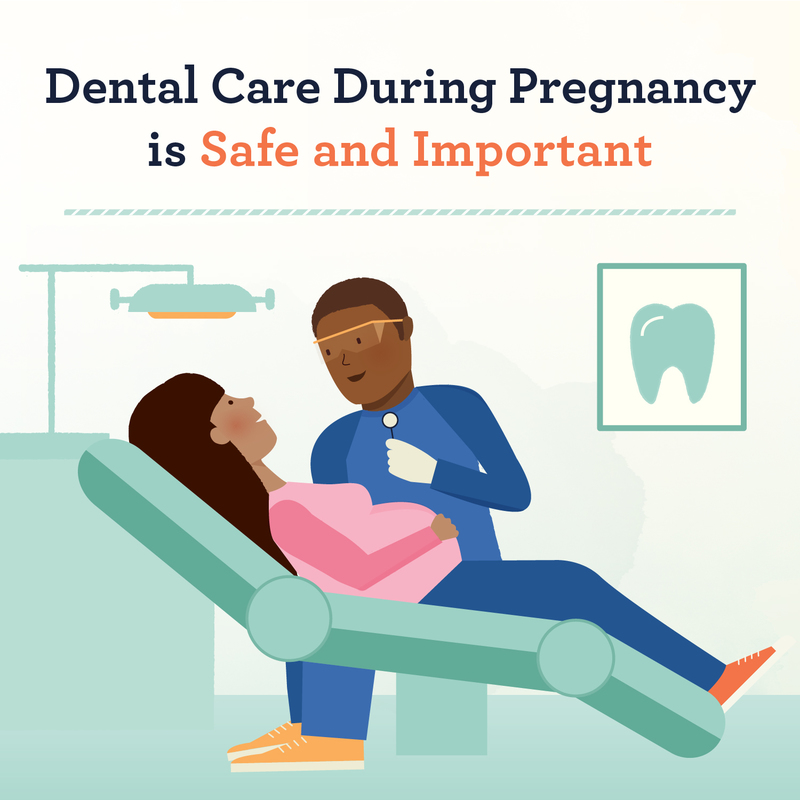Acknowledging Oral Damage: When To Look For Emergency Care
Acknowledging Oral Damage: When To Look For Emergency Care
Blog Article
Web Content Develop By-Montoya Schaefer
If you feel a sudden jolt of pain or see a tooth injury, it can be distressing. Yet how do you establish if it's an oral emergency situation that needs instant attention? Recognizing the vital signs and recognizing when to look for assistance can make all the distinction in protecting your dental health. Knowing when to act quickly might imply the distinction between a quick fix and much more extensive therapy.
Common Types of Dental Trauma
What're the usual kinds of dental injury that you should recognize?
Mishaps can occur, causing different sorts of oral injuries. One usual type of dental injury is a broken tooth. This can happen from attacking down on something tough or experiencing a blow to the face.
One more kind is a busted tooth, where a part of the tooth can chip off. Additionally, you might experience a knocked-out tooth, which can happen during sports or falls. It's important to handle the tooth meticulously and look for prompt dental focus.
dentist open today can also include a tooth that has actually been pushed out of setting or loosened up because of an injury. This sort of injury needs prompt treatment to save the tooth.
Lastly, soft tissue injuries in the mouth, such as cuts, can additionally happen from mishaps. Knowing about these usual sorts of dental injury can assist you act swiftly and appropriately in case of an emergency situation.
Indications of Dental Emergencies
Identifying the indicators of dental emergency situations is vital for punctual action and appropriate treatment. If you experience extreme tooth discomfort that's constant and pain, it could suggest a hidden concern that needs immediate attention.
Swelling in the periodontals, face, or jaw can additionally suggest a dental emergency situation, specifically if it's accompanied by pain or high temperature. Any kind of type of injury to the mouth causing a fractured, damaged, or knocked-out tooth should be dealt with as an emergency to avoid further damage and possible infection.
Bleeding from the mouth that does not quit after applying stress for a few mins is one more red flag that you must seek emergency situation oral treatment. Additionally, if you discover any indications of infection such as pus, a foul taste in your mouth, or a high temperature, it's essential to see a dental expert as soon as possible.
Ignoring these signs could lead to extra severe problems, so it's critical to act promptly when faced with a prospective dental emergency.
Importance of Immediate Therapy
Prompt activity and instant therapy are important in addressing dental emergencies to stop additional problems and guarantee optimum end results for your dental health.
When confronted with an oral emergency, such as a knocked-out tooth or extreme toothache, looking for instant therapy can make a significant difference in saving your tooth and easing discomfort. Delaying treatment can lead to infection, increased discomfort, and even irreversible damage to your teeth and periodontals.
By seeking emergency oral treatment immediately, you increase the chances of effective therapy and reconstruction. Dental experts have the essential abilities and equipment to resolve emergencies successfully, minimizing the risk of lasting repercussions.
Furthermore, prompt treatment can aid take care of pain and discomfort, permitting you to resume your day-to-day activities without disturbance.
Final thought
In conclusion, understanding oral injury and understanding when to look for first aid is critical for maintaining dental wellness.
By recognizing common types of oral injuries and the indicators of dental emergency situations, you can make certain prompt like prevent further damages and complications.
Bear in mind, seeking prompt treatment can save teeth, minimize pain, and enhance the opportunities of effective recuperation.
Do not be reluctant to look for help from a dental expert if you experience any kind of signs of dental trauma.
